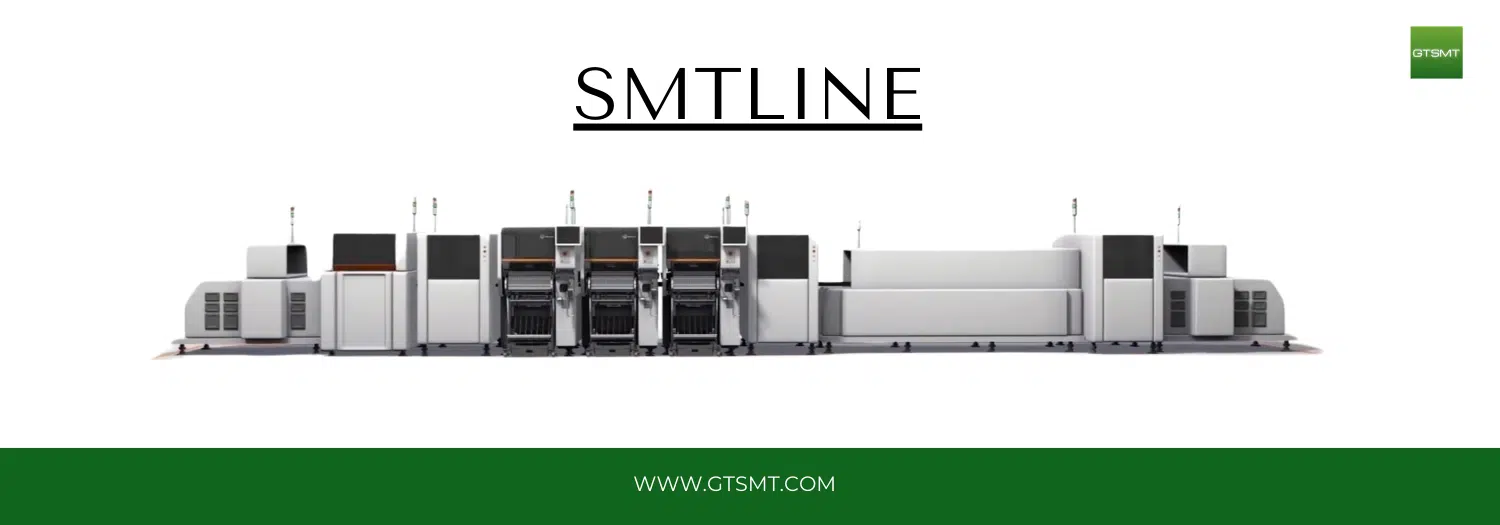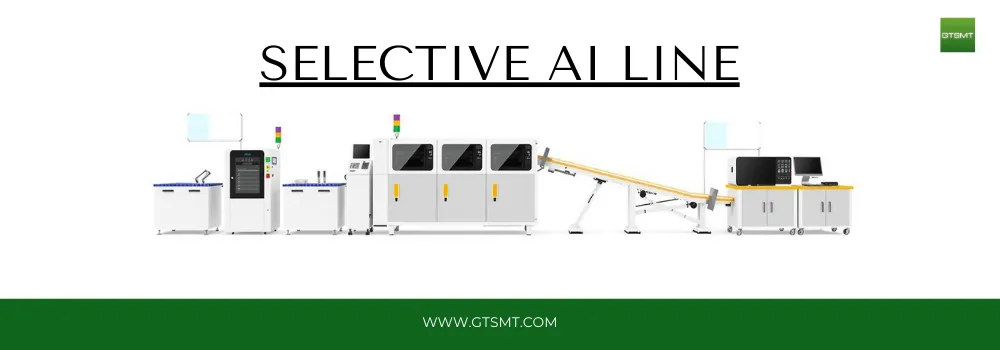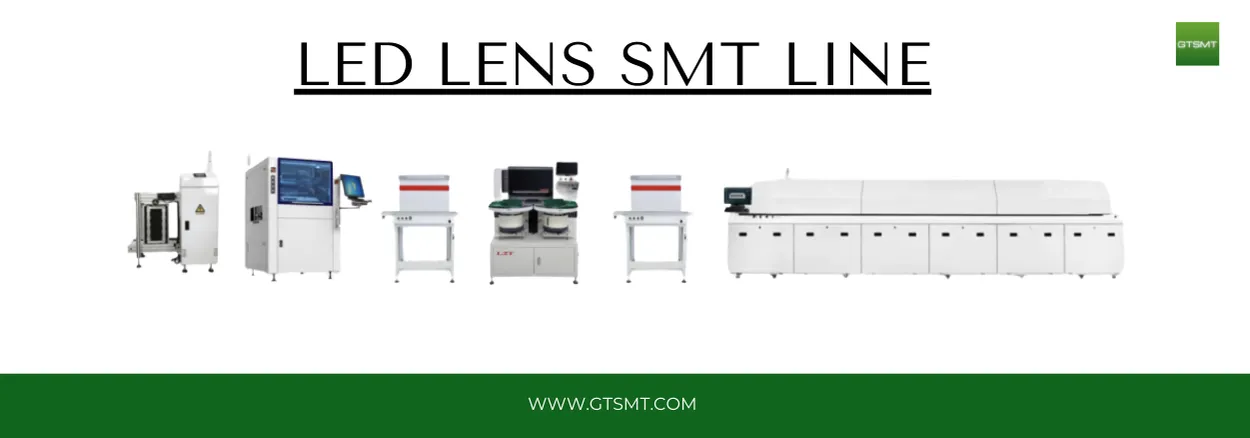SMT Lines A Powerful Tool For Modern Electronics Production 2023
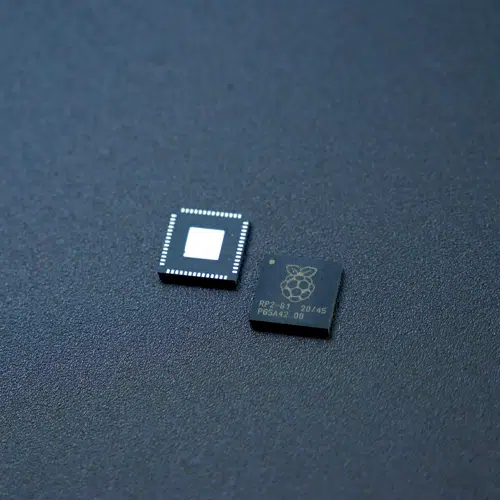
Introduction: SMT LINES
Trustworthiness, reliability, and effectiveness are of utmost importance in electronics manufacturing. Surface Mount Technology (SMT) has revolutionized electronics production; SMT lines form the backbone of ultramodern electronic products to meet ever-increasing consumer demands for smaller, more connected, and lower-bias components. This blog will dive deep into SMT, its functions and factors as well as their effect on electronics manufacturing processes.
Understanding Surface Mount Technology (SMT)
Surface Mount Technology (SMT) must first be understood to fully appreciate its value. Surface Mount Technology is an alternative assembly method, replacing through-hole technologies by mounting electronic components directly on printed circuit boards using this method. This change has revolutionized manufacturing techniques on multiple levels
- Miniaturization: Thanks to smaller PCBs and components, SMT allows for the production of smaller electronic devices. Increased Performance By decreasing electrical resistance through shorter conductive pathways, SMT improves device performance.
- Increased Performance By decreasing electrical resistance through shorter conductive pathways, SMT improves device performance.
- Cost Efficiency: Surface Mount Technology assembly technology helps lower production costs by automating many aspects.
- Increased Speed: SMT lines use automation technology to produce electronic devices faster and more efficiently.
The Components of an SMT Line

An SMT line consists of several components working in tandem to ensure the efficient assembly of electronic components onto PCBs. These components include:
- SMT lines consist of several components designed to facilitate efficient assembly of electronic parts onto PCBs. These components may include:
- SMT machines form the backbone of SMT production lines, being responsible for accurately placing components onto PCBs. There are various forms of SMT machines pick and place machines, solder paste printing devices and reflow machines are among them – each designed for different tasks within SMT production lines.
- Solder paste is used to securely connect PCB components. After placement of components on the board, solder paste must be applied and go through a heat reflow to create an impactful connection between components and board.
- PCBs Printed circuit boards (PCBs) form the backbone of all electronic devices. SMT lines are utilized to assemble components onto these boards for precise placement of components on these boards.
- Components accesorii such as resistors and capacitors as well as integrated circuits and connectors may be placed according to design considerations.
The Function of an SMT Line
An SMT line’s primary purpose is to automate the electronic manufacturing process. This can be achieved in several steps including:
Solder Paste Application : Solder paste can be applied to PCBs at specific points with a paste printer and used as an adhesive during reflow to hold components in their proper locations.
Component Placement: Pick-and-place machines, commonly referred to as SMT machines, precisely locate components on PCBs by picking them from feeders and placing them.
Reflow soldering: PCBs containing components and solder paste are passed through a reflow oven with their components to melt, creating an adhesive bond between board and components.
Inspection: PCBs assembled are put through stringent quality control processes after assembly to ensure all components have been soldered and placed correctly, and any defects detected and addressed.
Distribution and Packaging Once PCBs have passed inspection, they will be packaged for distribution across different industries from consumer electronics to aeronautics.
The Impact of SMT Lines on Electronics Manufacturing
The integration of SMT lines into electronics manufacturing has had a profound impact on the industry:
- SMT lines increase efficiency by eliminating manual labor and human error risks associated with production, leading to more efficient results. High Quality Products: With automation, precision component placement and placement results in electronic devices of higher quality and with less defects.
- Quick Turn Around and Cost Efficiency: SMT lines enable manufacturers to respond rapidly to market changes and meet customers’ demands quickly. In terms of automation savings, automating reduces labor cost as well as risk, leading to cost-effective manufacturing.
- Innovation : The ability to produce smaller, more powerful devices with interconnection capabilities has fuelled innovation across various industries.
Conclusion
SMT lines are unsung heroes of electronics manufacturing. Working quietly but efficiently, these SMT lines bring us cutting-edge devices into our homes, offices and industries. Their automation, precision and ability to adapt make them indispensable in today’s market; as technology progresses they will only become more important over time.

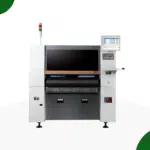 Pick and Place
Pick and Place
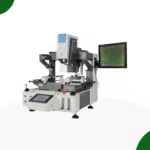 Rework Station
Rework Station
 Solder Paste Printers
Solder Paste Printers
 Reflow Ovens
Reflow Ovens
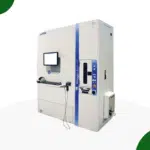 Reel Storage System
Reel Storage System
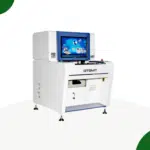 AOI & SPI INSPECTION
AOI & SPI INSPECTION
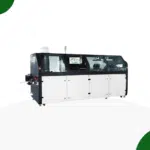 Soldering Machines
Soldering Machines
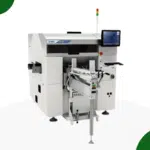 Insertion Machine
Insertion Machine
 X-ray inspection
X-ray inspection
 PCB Handeling
PCB Handeling
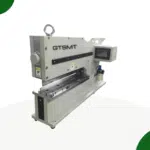 Depaneling Machine
Depaneling Machine
